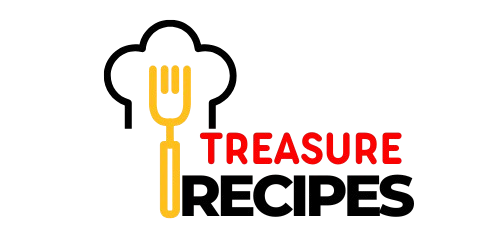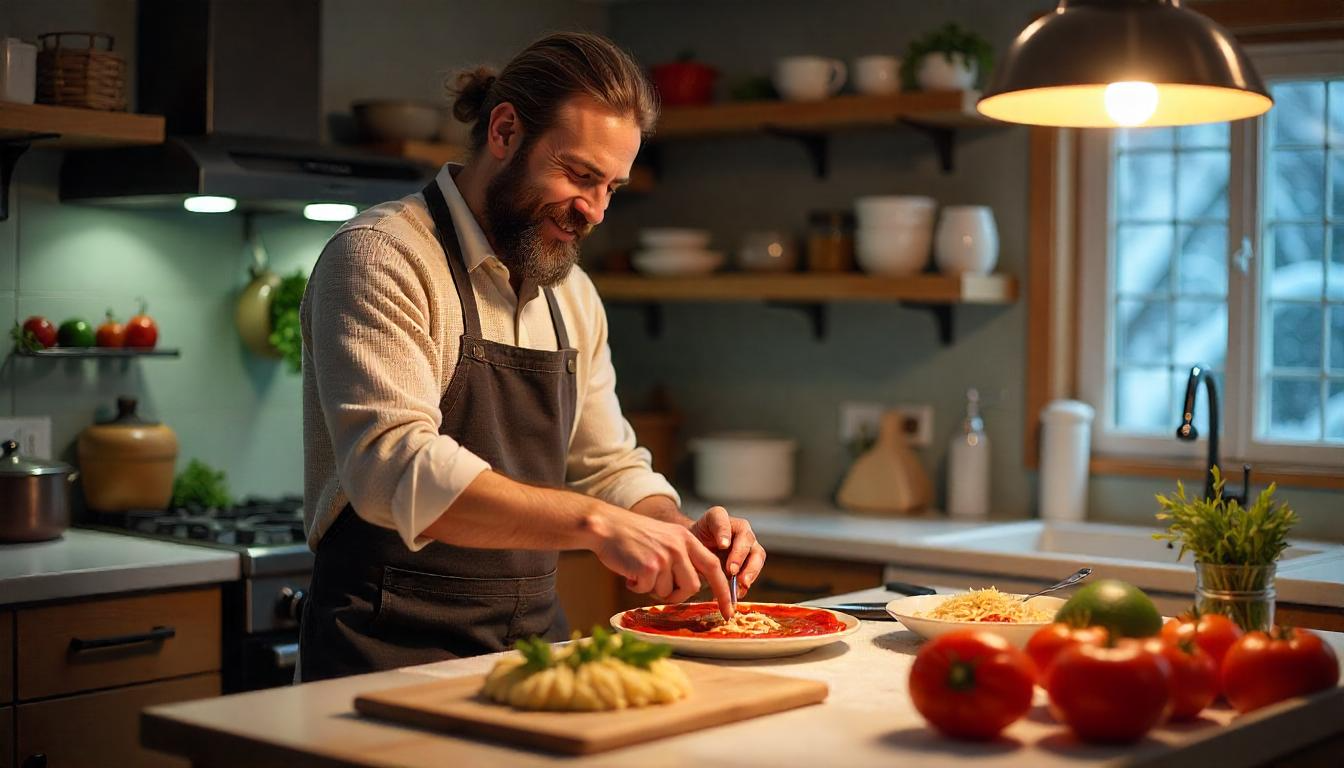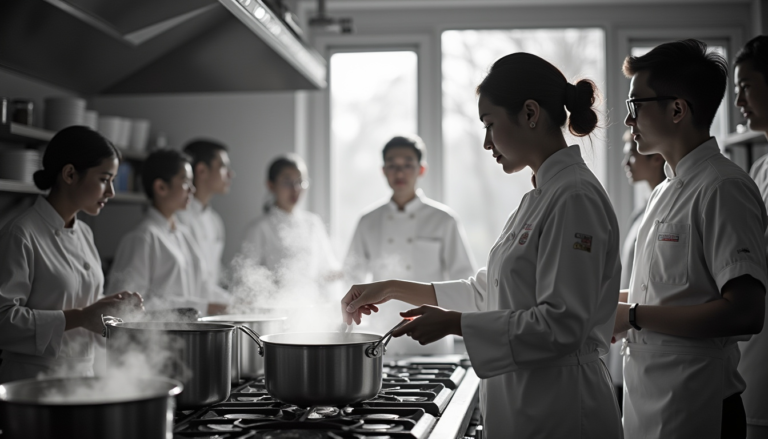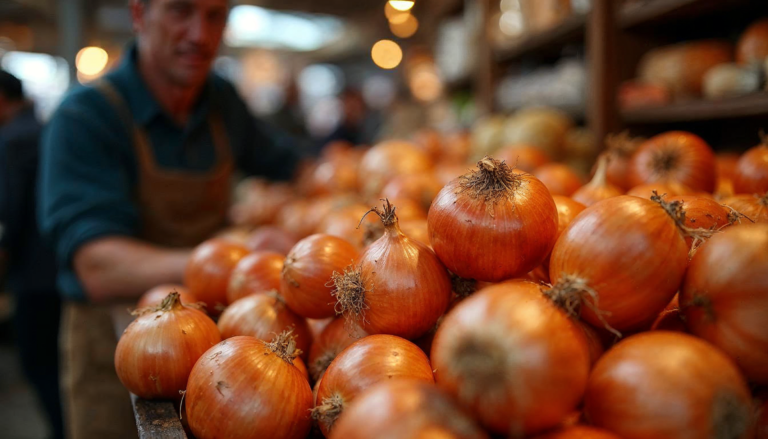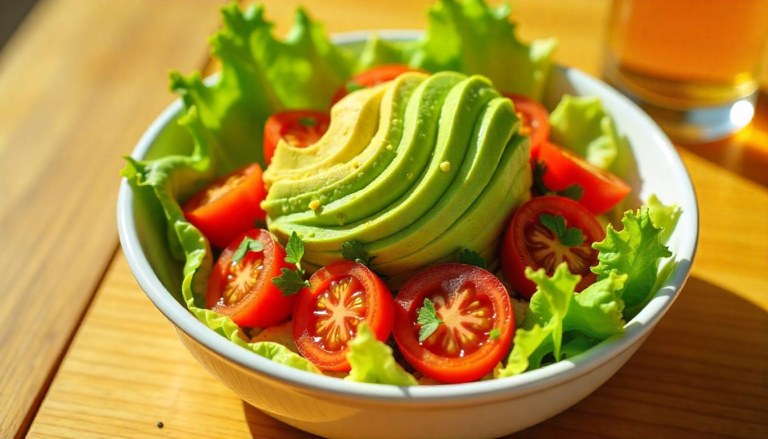10 Basic Cooking Skills for Beginners: Master Your Kitchen Today
Table of Contents
Have you ever scorched a pan of scrambled eggs beyond recognition or sliced your finger while attempting to chop an onion? Don’t worry—you’re not alone. I still remember my first attempt at making pasta sauce from scratch, which ended with red splatters decorating my kitchen walls like abstract art.
This guide is for absolute beginners with little to no cooking experience. We’ll cover the 10 most essential cooking skills to get you started on your culinary journey. Mastering these basic cooking skills for beginners will increase your confidence in the kitchen, help you eat healthier meals, save money on takeout, and maybe even impress your friends and family at your next dinner gathering.
Skill 1: Knife Skills – The Foundation of Cooking
Why It’s Important
Good knife skills are the cornerstone of efficient and safe food preparation. When you’re comfortable with a knife, cooking becomes faster, more enjoyable, and significantly safer.
Basic Knife Techniques
Proper Grip: Hold the knife with your dominant hand, gripping the handle with three fingers and pinching the blade between your thumb and index finger for stability.
Proper Stance: Stand with your feet shoulder-width apart, facing the cutting board directly to maintain balance and control.
Essential Cutting Techniques
Chopping: Rock the knife up and down to create rough, uniform pieces. Perfect for herbs and larger vegetables.
Dicing: Cut food into small, uniform cubes by making parallel cuts in one direction, then turning and cutting perpendicular to those cuts.
Mincing: Rapidly chop ingredients into very fine pieces using a rocking motion with the knife. Essential for garlic, ginger, and herbs.
Julienning: Create thin, matchstick-sized strips by cutting vegetables into thin slices, then cutting those slices into strips.
Safety Tips
- Always curl your fingertips under when holding food, creating a “claw” that protects your fingertips
- Keep your knife sharp—dull knives require more force and are more likely to slip
- Never try to catch a falling knife
- Wipe knives clean immediately after use and store them in a knife block or on a magnetic strip
Practice Exercise
Start by making a simple fresh salsa: practice dicing tomatoes, onions, and jalapeños, and mincing garlic and cilantro. You’ll use multiple knife techniques in one tasty recipe!
Skill 2: Measuring Ingredients Accurately
Why It’s Important
Accurate measurements ensure consistency in your cooking and baking, leading to predictable and delicious results every time.
Dry vs. Liquid Measurements
Dry Measurements: Use flat-topped measuring cups or spoons. Fill to the top and level off with the straight edge of a knife.
Liquid Measurements: Use clear measuring cups with pour spouts. Place on a flat surface and read the measurement at eye level.
Common Measurement Mistakes
- Using liquid measuring cups for dry ingredients (or vice versa)
- Not leveling off dry ingredients
- Eyeballing measurements instead of using proper tools
- Confusing volume and weight measurements
Remember: While cooking often allows for some flexibility in measurements, baking is much more of a science that requires precision.
Skill 3: Mastering Basic Cooking Methods
Sautéing
What it is: Quick cooking food in a small amount of oil over medium-high heat.
Best equipment: A heavy-bottomed skillet or frying pan and oils with high smoke points like canola or grapeseed oil.
Step-by-step:
- Heat your pan before adding oil
- Add oil and wait until it shimmers
- Add ingredients in a single layer
- Allow food to brown before stirring
- Shake or stir occasionally to cook evenly
Common mistakes: Overcrowding the pan, which causes steaming instead of sautéing, and not preheating the pan properly.
Boiling/Simmering
What it is: Cooking food in liquid heated to its boiling point (boiling) or just below (simmering).
Tips for success:
- Salt your water generously when cooking pasta or blanching vegetables
- Start with cold water when boiling vegetables to ensure even cooking
- Use a timer to prevent overcooking
- For perfect pasta, test a piece before draining
Roasting
What it is: Cooking food in an oven with dry heat, often producing caramelization on the outside.
Best temperatures:
- Vegetables: 400-425°F
- Chicken: 375-400°F
- Beef or lamb: 325-450°F depending on the cut
Tips for crispy results:
- Pat ingredients dry before roasting
- Don’t overcrowd the pan
- Use a rimmed baking sheet for even air circulation
- Toss vegetables in a light coating of oil
Baking
What it is: Cooking food using dry heat in an enclosed environment.
Tips for success:
- Always preheat your oven
- Position racks appropriately (usually middle rack is best)
- Rotate pans halfway through for even cooking
- Use an oven thermometer to verify temperatures
Skill 4: Understanding Seasoning
Why It’s Important
Proper seasoning transforms ordinary ingredients into extraordinary dishes by enhancing natural flavors.
The Five Basic Tastes
- Sweet: Sugar, honey, fruits
- Sour: Citrus, vinegar, yogurt
- Salty: Salt, soy sauce, cheese
- Bitter: Coffee, dark chocolate, some greens
- Umami: Mushrooms, aged cheese, soy sauce, tomatoes
Seasoning Tips
- Season throughout the cooking process, not just at the end
- Start with less—you can always add more
- Salt draws out moisture, so add it early to vegetables you want to caramelize
- Acids (lemon juice, vinegar) brighten flavors and balance richness
- Fresh herbs are best added at the end of cooking
Remember to taste your food as you cook (when safe to do so) and adjust seasonings accordingly.
Skill 5: Reading and Following Recipes
Why It’s Important
Recipes serve as roadmaps for cooking success, especially for beginners learning essential cooking skills.
Understanding Recipe Terminology
- Dice: Cut into small cubes
- Fold: Gently combine ingredients using a spatula
- Sauté: Cook quickly in a small amount of fat
- Simmer: Cook just below boiling point with small bubbles
- Reduce: Cook a liquid until volume decreases through evaporation
Recipe Preparation
- Read the entire recipe before starting
- Gather and measure all ingredients (mise en place)
- Prepare equipment and preheat oven if needed
- Note cooking and prep times to plan accordingly
Skill 6: Understanding Food Safety
Why It’s Important
Proper food safety prevents foodborne illness and ensures your delicious creations are safe to eat.
Essential Food Safety Practices
- Wash hands with soap and warm water for at least 20 seconds before and after handling food
- Use separate cutting boards for raw meat and produce
- Cook foods to proper internal temperatures:
- Poultry: 165°F
- Ground meats: 160°F
- Beef/pork steaks: 145°F
- Refrigerate perishable foods within two hours
- Keep cold foods cold (below 40°F) and hot foods hot (above 140°F)
Investing in a food thermometer is one of the most important steps for beginner cooks concerned about food safety.
Skill 7: Making Basic Sauces
Why It’s Important
Sauces add moisture, flavor, and visual appeal to dishes, elevating even the simplest ingredients.
Essential Sauces for Beginners
Simple Tomato Sauce:
- Sauté diced onions and minced garlic in olive oil
- Add canned crushed tomatoes and a pinch of sugar
- Season with salt, pepper, and herbs like basil or oregano
- Simmer for 20-30 minutes until slightly thickened
Basic White Sauce (Béchamel):
- Melt 2 tablespoons butter in a saucepan
- Add 2 tablespoons flour and cook for 1-2 minutes
- Slowly whisk in 1 cup warm milk
- Cook until thickened, season with salt and nutmeg
Classic Vinaigrette:
- Combine 3 parts oil to 1 part vinegar or lemon juice
- Add salt, pepper, and optional mustard or herbs
- Whisk vigorously until emulsified
Skill 8: Cooking Eggs
Why It’s Important
Eggs are versatile, nutritious, and a perfect canvas for practicing temperature control and timing.
Basic Egg Cooking Methods
Perfect Scrambled Eggs:
- Whisk eggs with a splash of milk and seasoning
- Cook in butter over medium-low heat
- Stir gently and continuously
- Remove from heat when slightly underdone (they’ll continue cooking)
Sunny-Side Up:
- Heat butter in a nonstick pan over medium heat
- Crack egg directly into pan
- Cook until whites are set but yolk is runny
- Season with salt and pepper
Simple Omelet:
- Beat eggs with seasoning
- Pour into a hot, buttered nonstick pan
- When edges set, push them toward center and tilt pan
- Add fillings to one half when top is slightly wet
- Fold and serve
Skill 9: Using Kitchen Equipment
Why It’s Important
Understanding your tools makes cooking more efficient and helps you achieve better results.
Essential Equipment Knowledge
Pots and Pans:
- Use heavy-bottomed pans for even heat distribution
- Match pan size to the amount of food (not too crowded, not too sparse)
- Preheat properly before adding ingredients
Cutting Boards:
- Use wooden or plastic boards (glass boards dull knives)
- Have separate boards for meat and produce
- Wash thoroughly after each use
Kitchen Tools:
- Wooden spoons won’t scratch surfaces
- Silicone spatulas are heat-resistant and flexible
- Tongs provide precision when flipping and serving
Skill 10: Plating and Presentation
Why It’s Important
We eat with our eyes first! Attractive presentation enhances the dining experience and shows care.
Simple Plating Techniques
- Serve food on warmed plates for hot dishes
- Create height by stacking components
- Add color through herbs or vegetable garnishes
- Leave some empty space on the plate—don’t overcrowd
- Wipe plate edges clean before serving
Easy Garnishing Ideas
- Fresh herbs (parsley, basil, cilantro)
- Lemon or lime wedges
- Drizzles of sauce or flavored oil
- Sprinkle of freshly ground pepper or special salt
Conclusion
Mastering these 10 basic cooking skills for beginners will transform your relationship with food and your confidence in the kitchen. Remember that cooking is both a science and an art—while techniques matter, so does personal preference. Don’t be afraid to make mistakes; they’re often our best teachers.
Start with simple recipes that practice one or two skills at a time, then gradually combine techniques as you gain confidence. Before long, you’ll find yourself improvising and creating dishes that reflect your personal taste.
What cooking skill are you most excited to practice? Have you already mastered any of these essential cooking skills for beginners? Share your experiences in the comments below—I’d love to hear about your culinary adventures!
